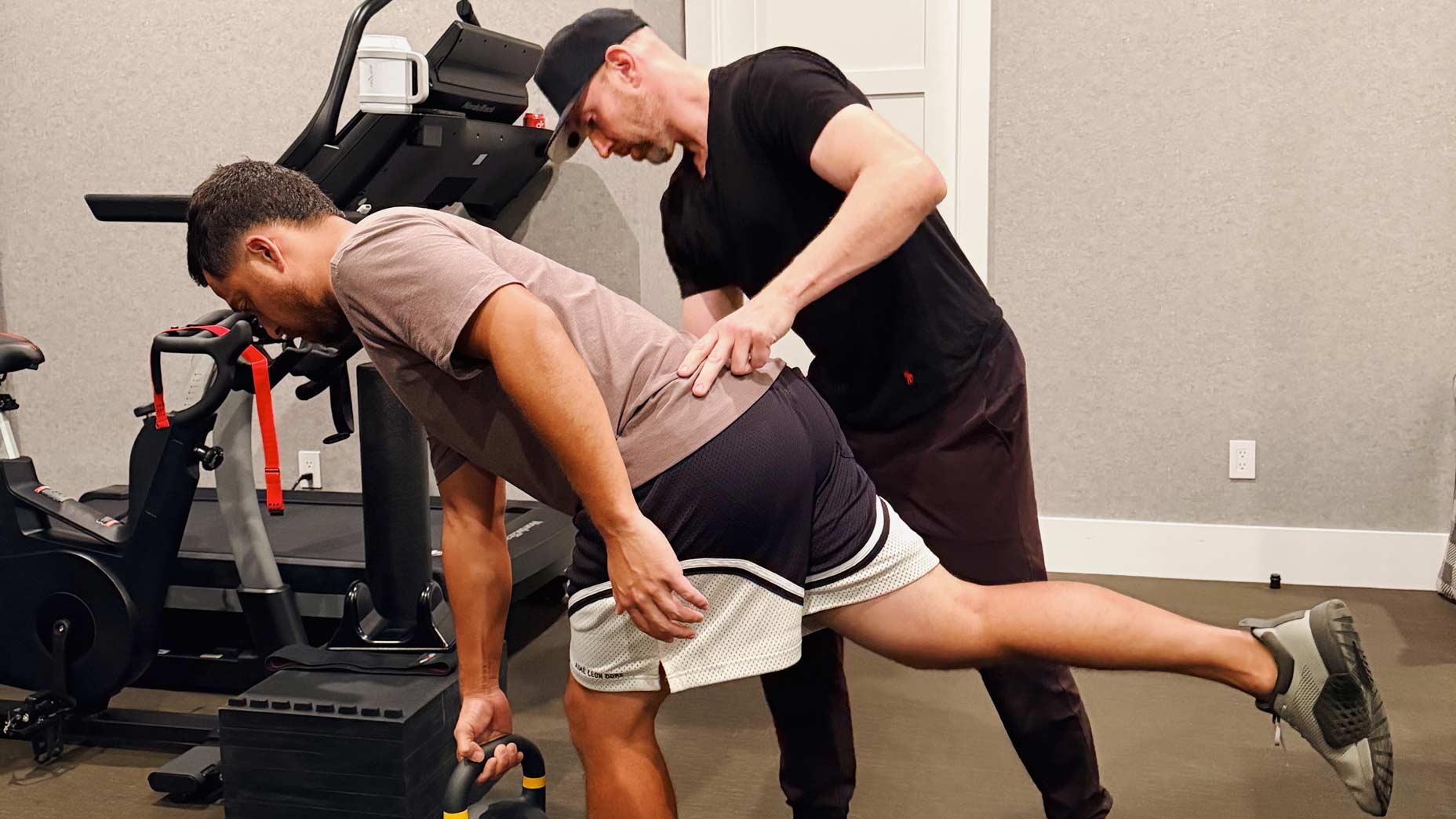Last week, in this space, we addressed the etiquette of talking to another player’s ball, an admittedly odd topic, given that balls aren’t equipped to listen.
This week, it’s on to an equally unresponsive population: slow golfers.
The question: How to tell a playing partner that…he/she…takes…too…darn…lonnnnnnng.
The tricky part here lies in golfer self-perception, as reflected in a recent GOLF.com anonymous poll of PGA Tour pros. In the survey, 78 percent of respondents groused about slow play, but not a single one said he was guilty of it.
Tour pros, of course, are a breed apart, but their perspective points to a general truth: Most slow players are oblivious to their own bad behavior, and the agony it causes the rest of us. Trying to talk to them about their grinding pace can be about as fruitful as asking a glacier to get moving.
What to do?

One alternative is not to talk at all. Communicate instead through your own comportment.
When sloth-like playing partners shift into super-slow-mo, keep up your own breezy business. Walk briskly ahead, out of their line of fire but within their field of vision. If you’re lucky, they’ll notice and scurry to catch up. Yeah, we know. They probably won’t.
So what now? Instead of throwing a tantrum, try using your words.
“Ready golf” is an especially handy phrase, all the more so when you couple it with action. You might, for instance, hit out of turn intentionally and then say: “Sorry about that. But it’s all about ready golf” — ready golf being code for “hurry your a– up!”
If “ready golf” references don’t get your partner moving, try a guilt trip. As in: “Looks like we’re holding up the group behind us. Maybe we pick up the pace so we don’t have to let them through?”
Note the use of “we” here. By assuming some of the responsibility, you’re steering clear of testy confrontation and sparing your slow-poke sidekick from feeling singled out. Not that they’d likely notice that either. As we’ve already established, slow golfers are lost in their own world. It’s all about them, always.
Which brings us to perhaps your most promising option: appeal to their self-interest by pointing out the benefits of not being a tortoise.
“The truth is most people play better when they play a little faster,” says Scott Dawley, executive director of Speedgolf USA. “That’s what I try to emphasize to my partners. I talk about the positives. They might say, ‘Hey, I don’t want to rush.’ But it’s not a matter of rushing. It can be as simple as taking 20 seconds over a shot instead of 40 seconds. It can make a big difference without feeling like a dramatic change. You’re not overthinking. You start swinging more naturally.”
When he plays speedgolf, Dawley gets through 18 in well under an hour, which, we concede, is an unrealistic ask of your painstaking partner.
A more realistic goal is one set forth by a humble course in Ireland that The Etiquettist played some years ago. A sign on the 1st tee bore a message worth repeating to any slug you encounter: “Three and a half hours is enough!”






